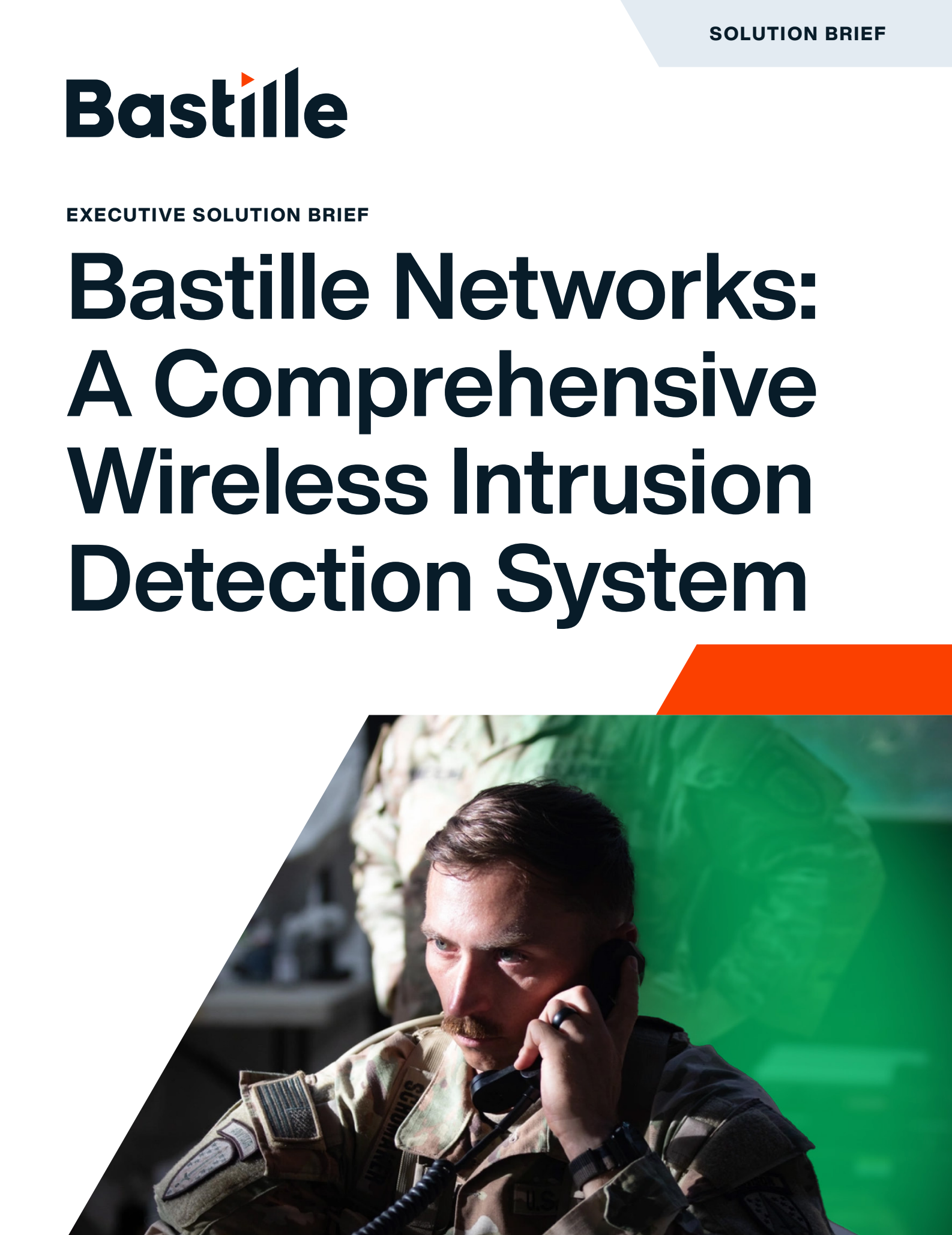
In the modern corporate environment, Bluetooth Low Energy (BLE) is increasingly common in wireless communications for IoT devices, medical equipment, and consumer electronics. People come into the office wearing fitness trackers, wireless headphones, and hearing aids. However, while BLE is convenient for its power savings, ease of use, and efficient data transfer, it introduces vulnerabilities that attackers can exploit to exfiltrate sensitive data from BLE-enabled devices. Bastille Networks provides comprehensive protection against these threats by detecting, identifying, and mitigating BLE-based attacks, including those designed to exfiltrate data.
The BLE Threat Landscape
Attackers and researchers have exploited or demonstrated several notable BLE in real-world scenarios, highlighting their potential for data exfiltration. The following non-exhaustive list enumerates several recent attacks and proof-of-concept demonstrations that show the potential threat of BLE devices to the enterprise network.
BlueBorne Attack (2017)
The BlueBorne attack leverages vulnerabilities that allow attackers to target Bluetooth-enabled devices without pairing or user interaction. It exploited flaws in the Bluetooth protocol stack, specifically in how devices processed incoming Bluetooth connections. Attackers could spread the attack over the air, gaining remote control over devices, including smartphones, laptops, and IoT devices. Attackers could execute arbitrary code, gaining access to sensitive data like emails, files, and communications. The attack affected billions of devices and required no user interaction. In a proof-of-concept demonstration, researchers took control of Android devices and intercepted user communications, displaying BlueBorne’s potential for data exfiltration.
BLEEDINGBIT (2018)
The BLEEDINGBIT vulnerabilities affected Texas Instruments’ BLE chips in enterprise-grade Wi-Fi access points. These vulnerabilities allowed attackers to execute code remotely on the target device, which they could use to compromise the network the device connected to.
By gaining a foothold in the network, an attacker could use compromised access points to exfiltrate sensitive or privileged data. BLEEDINGBIT allowed attackers to implant backdoors or bypass memory protection mechanisms. Researchers showed that attackers could also use compromised access points to infiltrate secure networks, potentially leading to business communications and credentials theft.
SweynTooth (2020)
SweynTooth is a collection of vulnerabilities that impacted BLE systems, including multiple IoT and medical devices. These vulnerabilities allowed attackers to trigger crashes, bypass security features, and sometimes gain unauthorized access to sensitive data. SweynTooth affected devices like pacemakers and smart home products, with attackers able to bypass encryption and access personal or medical information. Researchers demonstrated how attackers could turn off security in BLE-enabled medical devices, potentially accessing sensitive health records.
BLESA (2020)
BLESA exploits flaws in the BLE reconnection process, allowing attackers to spoof previously trusted devices, bypass authentication, and access sensitive data. The attack allows the impersonation of legitimate devices, such as fitness trackers, enabling unauthorized access to personal data during BLE communication. In a proof-of-concept, researchers spoofed connections to fitness trackers and medical devices, gaining access to personal data without user interaction.
NCC Group’s Bluetooth Attack on Tesla Key Fobs (2022)
Researchers from NCC Group exploited a vulnerability in the BLE protocol to unlock and start Tesla cars by relaying signals between the vehicle and the key fob. This attack bypassed proximity-based security measures, highlighting risks in BLE authentication systems. While focused on vehicle access, similar attacks could lead to data exfiltration in other BLE-enabled systems. Researchers demonstrated the attack successfully on Tesla Model 3 and Model Y vehicles, highlighting BLE relay vulnerabilities.
BrakTooth (2021)
BrakTooth affected Bluetooth stacks in millions of consumer devices, allowing remote code execution and denial-of-service attacks. Although primarily designed to disrupt device operations, attackers could use BrakTooth to gain control of devices, potentially leading to data theft. Researchers triggered crashes and remote code execution on Bluetooth-enabled smartphones and laptops, demonstrating how attackers could exploit BrakTooth for data exfiltration.
Bastille Networks Solution
Bastille’s technology uses advanced software-defined radios (SDRs) to continuously monitor the radio spectrum, detecting anomalies and unauthorized BLE activity. By identifying devices attempting unauthorized connections or data transmission, Bastille can stop data exfiltration before it occurs.
Bastille extends visibility beyond BLE, covering Bluetooth classic (BT), Wi-Fi, cellular, and other wireless protocols. This integrated approach ensures the solution can detect sophisticated attacks by combining multiple wireless technologies. Bastille can see advertising BLE devices and an established data connection between paired BLE devices. Bastille can accurately identify devices based on their RF signature, distinguishing between trusted and untrusted devices. This capability is crucial in detecting spoofed BLE devices, such as in BLESA attacks, where attackers impersonate legitimate devices.
When the solution detects suspicious activity, Bastille generates immediate alerts and can automatically trigger defensive actions, such as disconnecting malicious devices or isolating them from sensitive systems. Bastille’s solution integrates seamlessly with existing enterprise security systems, providing detailed insights into wireless threats and ensuring that security teams address BLE vulnerabilities, such as those found in BLEEDINGBIT or BrakTooth, within the broader security architecture.
Conclusion
As BLE becomes increasingly integrated into business operations and the enterprise environment, the potential for data exfiltration via wireless vulnerabilities grows. Bastille Networks offers a comprehensive solution to detect, identify, and neutralize these threats, ensuring that sensitive data remains secure. Whether defending against established vulnerabilities like BlueBorne and BLEEDINGBIT or emerging threats like SweynTooth and BrakTooth, Bastille provides unmatched protection for BLE-enabled environments.



